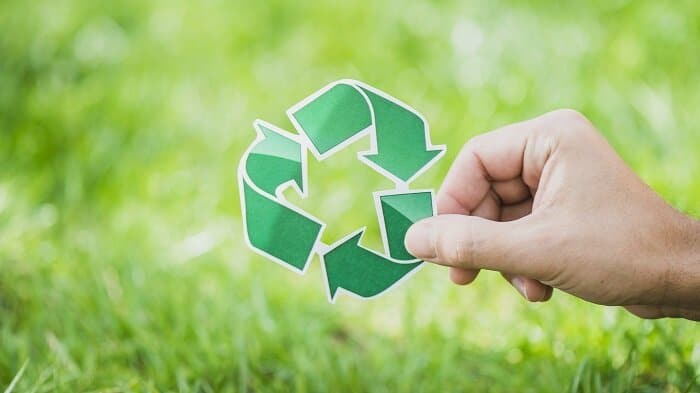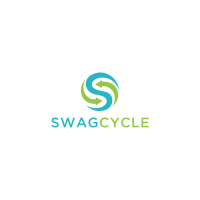The Benefits of Recycling and How to Do it Right

Recycling is an important part of preserving our environment. It helps reduce the amount of waste that goes into landfills, conserves resources, and reduces air and water pollution. It’s also a great way to save money on energy costs.
The process of taking products that have been used or consumed no longer needed goods and breaking them down helps to clean up the planet by decreasing air pollution from manufacturing goods, reducing greenhouse gasses, and improving the health of local ecosystems. Knowing how to recycle properly will ensure that you’re making a difference in helping with better environmental management. In this article post, we’ll take a look at why recycling is important for our society today.
What is recycling and why is it important?
Recycling is a process that involves collecting, sorting, and reusing materials such as cardboard, cans, paper, plastic, and glass instead of throwing them away. By recycling these materials, they can be diverted from landfills or incinerators and reused to create new products like the packaging. The environmental benefits of recycling are vast; not only does recycling reduce environmental pollution through reduced emissions of greenhouse gasses and energy savings, but it also conserves natural resources such as timber, water, and minerals. Additionally, it reduces the need for expanding landfill sites allowing us to keep more of the natural environment intact. Recycling is essential for preserving our planet’s limited resources and combating climate change – why not start today?
Here are some tips for proper recycling:
Know the Rules
The most important thing to remember when it comes to recycling is that different materials require different methods of disposal. Knowing which materials go in which bins will help ensure that your recycling efforts are successful. You may need to research the regulations in your area to determine which items can be recycled curbside, and which ones have to be taken elsewhere for specialized disposal. Generally speaking, plastic containers, glass containers, paper products, aluminum cans and bottles, cardboard boxes, steel cans, and jars can all be recycled curbside in most areas.
Separate Your Recyclables
It’s important to make sure that you separate your recyclables into the appropriate categories before disposing of them. If you place items from multiple categories in one bin or bag, chances are they will end up in a landfill instead of being properly recycled because sorting machines at processing facilities aren’t able to distinguish between them. This means that if you throw your aluminum cans into the same bin as your plastic bottles, they will both end up getting sent to a landfill instead of being properly recycled! So always separate your recyclables before disposing of them.
Clean Your Containers Before Disposal
Before placing any containers in the recycling bin, make sure they are clean and dry. If there is food residue left inside containers or bags before disposal then it could contaminate other recyclables and cause them to be sent straight to the landfill instead of being processed for reuse or repurposing. So always take the time to rinse out any food containers before throwing them away! Even better – reuse them yourself.
Conclusion:
Recycling is an important part of preserving our environment by reducing air and water pollution while conserving resources and saving energy costs. To ensure that your recycling efforts are successful it’s important to know what materials can be recycled curbside in your area as well as how they should be disposed of – separated by type into appropriate bins or bags with no food residue present or contamination risk posed by other materials placed inside them (plastic bottles don’t belong with aluminum cans). Taking these steps will help ensure that more materials get repurposed instead of ending up in landfills.

